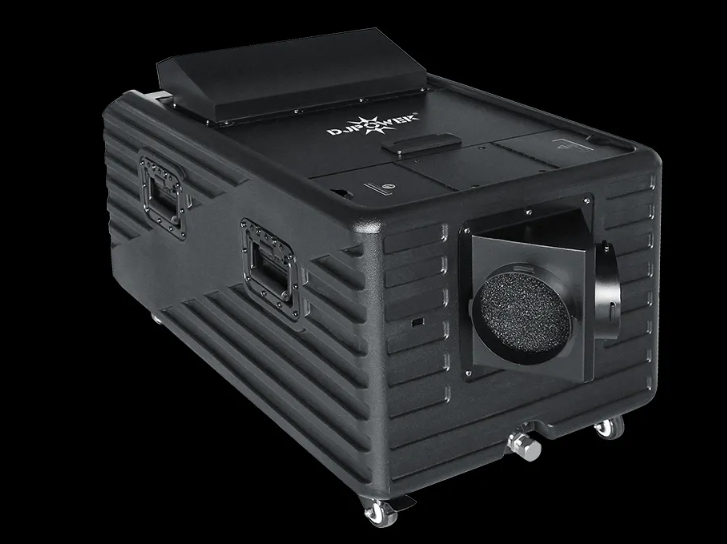Conveyor systems are widely used in industries like mining, agriculture, manufacturing, and logistics to transport materials efficiently and safely. A conveyor belt, the heart of a conveyor system, consists of several components that work together to move materials from one point to another. One of these components is the return roller, which plays a crucial role in the proper functioning of a conveyor system.
A return roller is a type of roller that is placed on the underside of a conveyor belt to support it and guide it back to the drive roller. Unlike the drive roller, which propels the conveyor belt forward, the return roller has a passive role in the conveyor system. It simply supports the conveyor belt and reduces the friction between the belt and the supporting structure.
Return rollers are typically made of metal or plastic and come in various shapes and sizes depending on the application. They can be either straight or tapered and have a smooth or grooved surface, depending on the type of conveyor belt and the material being transported.
The Importance of Return Rollers
Return rollers may seem like a small and insignificant component of a conveyor system, but they play a critical role in ensuring the smooth and efficient operation of the system. Here are some of the reasons why return rollers are important:
Reducing Friction and Wear
When a conveyor belt runs over a supporting structure, there is bound to be some friction between the belt and the structure. Over time, this friction can cause the conveyor belt to wear out and eventually fail. Return rollers help reduce the friction between the belt and the structure, which helps prolong the life of the belt and reduce maintenance costs.
Ensuring Proper Tracking
A conveyor belt must be properly aligned and tracked to prevent it from wandering off course or becoming misaligned. Return rollers help guide the belt back to the drive roller and ensure that it stays on track. If a conveyor belt becomes misaligned, it can cause damage to the belt, the supporting structure, and other components of the conveyor system.
Improving Conveyor Efficiency
Return rollers also help improve the efficiency of a conveyor system by reducing the amount of energy required to move the belt. By reducing friction and ensuring proper tracking, return rollers help reduce the amount of force needed to move the belt, which translates into lower energy costs and increased productivity.
Preventing Material Spillage
If a conveyor belt becomes misaligned or fails, it can cause material to spill onto the ground, which can be a safety hazard and result in costly clean-up efforts. Return rollers help ensure that the conveyor belt stays on track and reduces the risk of material spillage.
Conclusion
Return rollers may seem like a minor component of a conveyor system, but they play a critical role in ensuring the smooth and efficient operation of the system. By reducing friction and wear, ensuring proper tracking, improving conveyor efficiency, and preventing material spillage, return rollers help reduce maintenance costs, improve safety, and increase productivity. When designing or maintaining a conveyor system, it's important to give proper attention to the role of return rollers and ensure that they are of high quality and properly installed.


没有评论:
发表评论